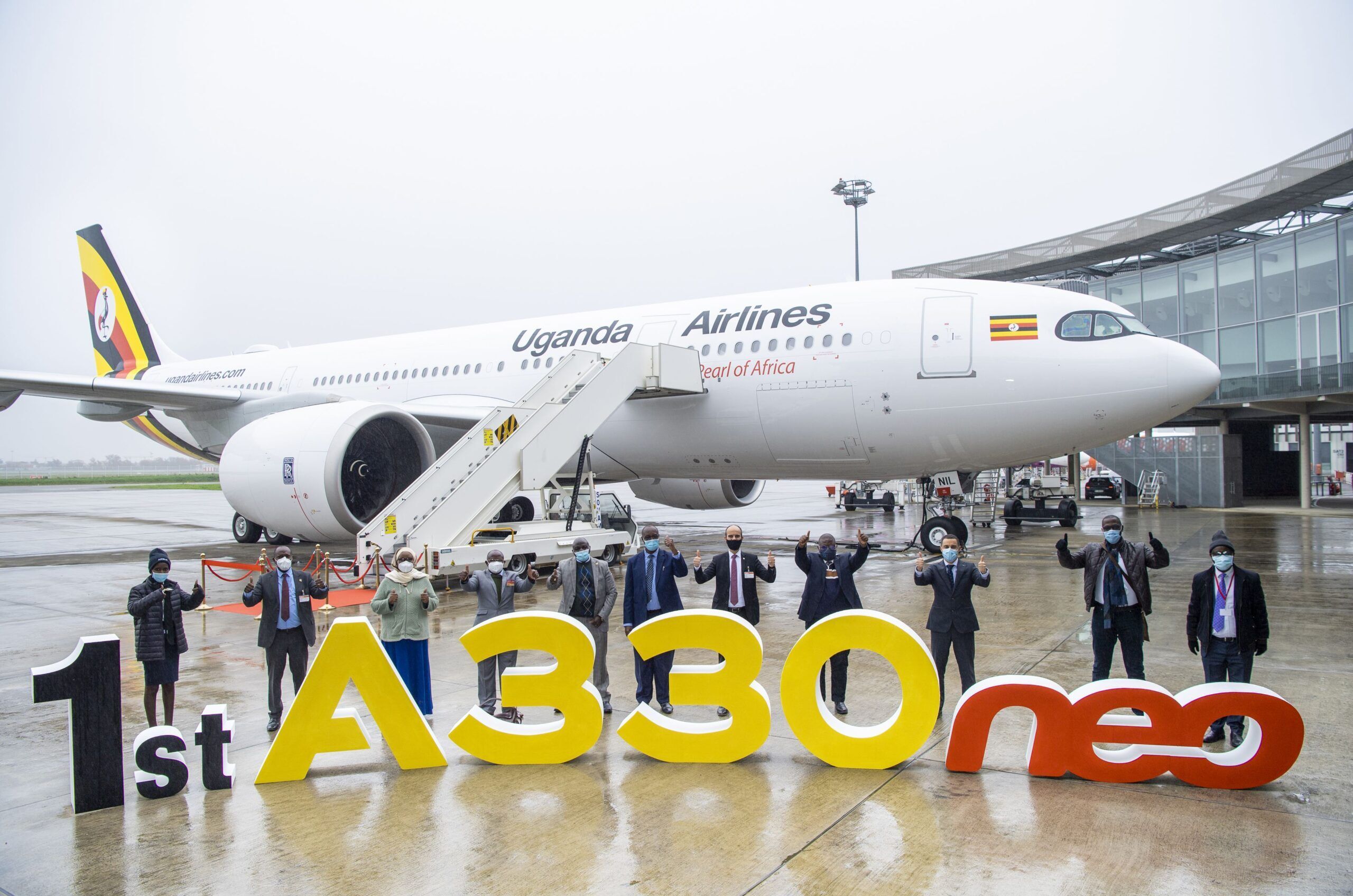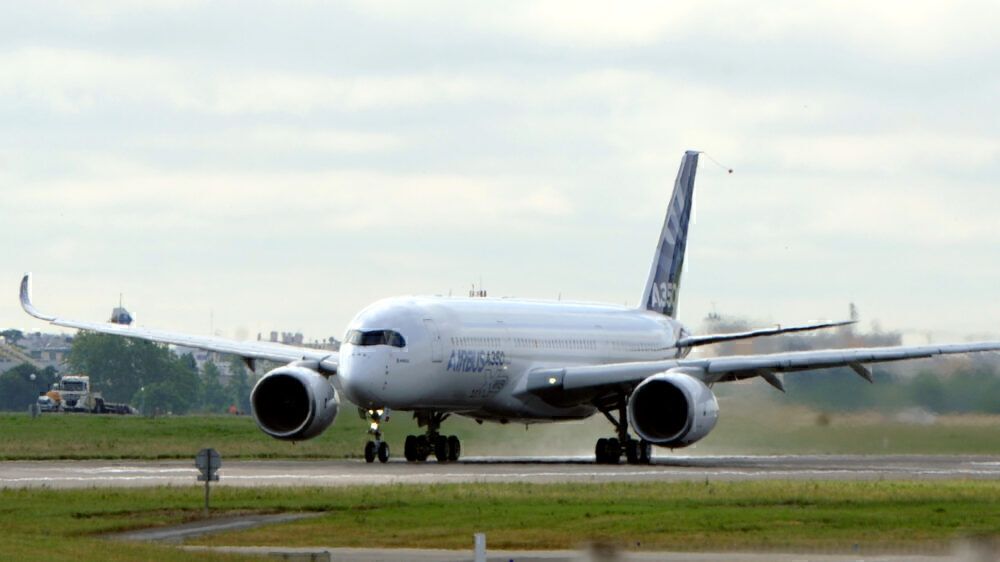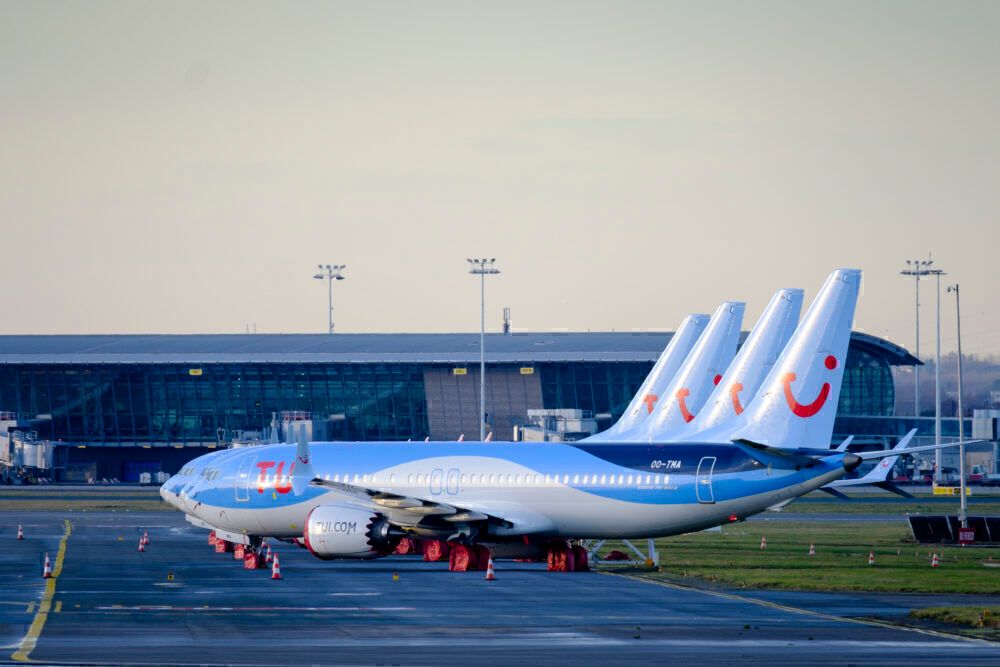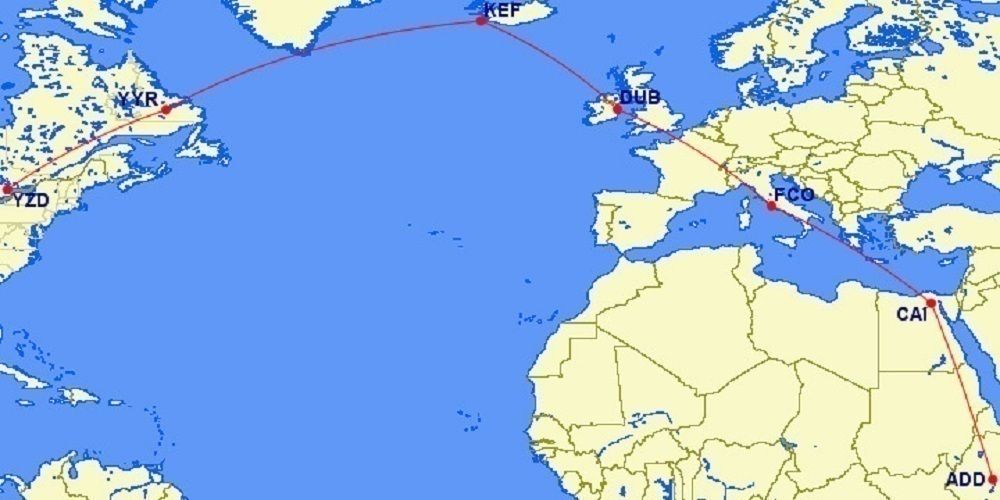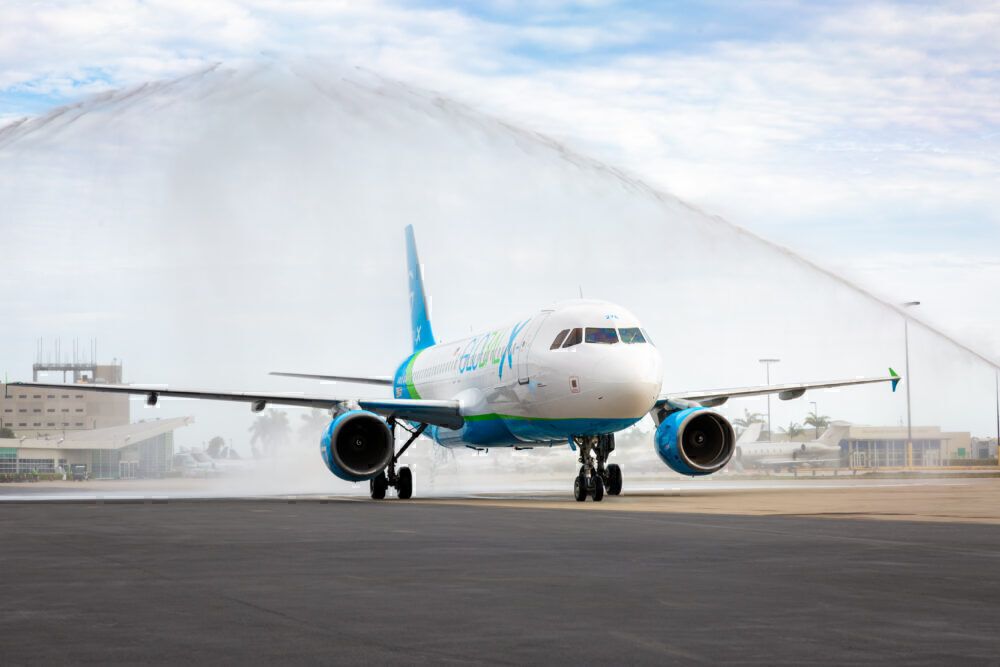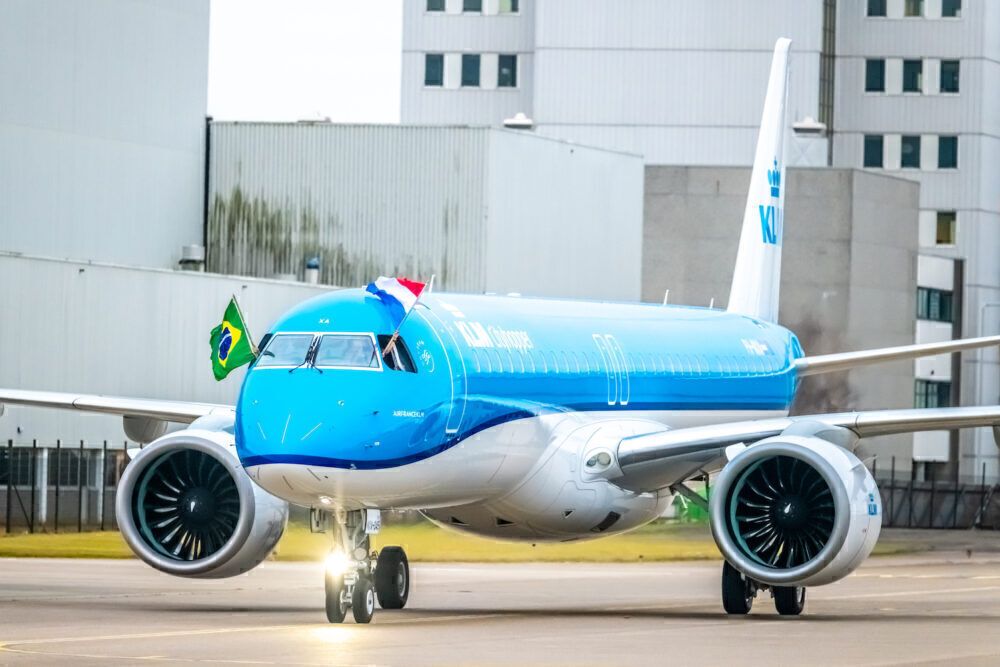For any airline, receiving a new aircraft represents an exciting step forward in its fleet development. But how exactly does this process play out? Several different aspects must be considered in order to make the delivery process a success. Let's take a closer look at what exactly some of these steps entail.
Extensive preparation
When a new aircraft rolls off the production line, it is not the case that it can immediately be transferred to its owner. Indeed, before it can even commence its journey to the customer, it is subject to days of preparation. Airbus lists this as involving the following five-day process.
- Ground checks (visual inspections, systems and engine tests).
- Acceptance flight (to test inflight systems and behavior).
- Reworking/solving any issues that have arisen in the process thus far.
- Technical acceptance (results in the issuance of a certificate of airworthiness).
- Aircraft officially changes ownership and is prepared for the ferry flight(s).
From the factory to the customer
Once the aircraft has undergone such preparations, it is ready for delivery. When it comes to new aircraft, the plane's delivery flight itself springs to mind as an important part of the process. This is certainly true, although the nature of this journey can vary greatly. This depends on the manufacturer, aircraft, and airline in question.
Stay informed: Sign up for our daily and weekly aviation news digests.
The easiest delivery flights are those which can fly directly from the manufacturer to the customer. For many modern jetliners, this task is easy enough, and all the more so nowadays with the advent of longer-range models among next-generation aircraft families.
In fact, some aircraft will fly longer sectors while being delivered than once they have entered service with their customer airlines. This is because they make such flights with minimal weight onboard, due to neither passengers nor their baggage being present.
This, in turn, helps to further increase their range. For example, the British leisure carrier TUI recently received the first European Boeing 737 MAX delivery since its recertification. This saw a MAX fly directly from Seattle to London Gatwick, a sector with a contrasting length to the European holiday routes that it will likely find itself deployed on.
Logistical challenges for smaller aircraft
However, when it comes to delivering regional aircraft, a rather different picture emerges. Even without passengers (and sometimes even seats) onboard, such planes can seldom make direct intercontinental delivery flights. As such, when a regional aircraft is delivered to a far-flung customer, it can often be a multi-leg affair lasting several days.
For example, last October, Simple Flying reported on a delivery flight involving an Ethiopian Airlines Dash 8. The Dash 8 is manufactured in Canada by de Havilland, and the location of its Toronto base means that transatlantic deliveries are a complicated matter.
As such, this aircraft had to take the following route when being delivered to Africa's largest airline: Toronto - Goose Bay - Reykjavík - Dublin - Rome - Cairo - Addis Abada. Planespotters.net reports that this multi-stop adventure lasted from October 23rd to October 29th.
A triumphant arrival
The delivery of a new aircraft typically heralds extensive excitement and promise for the customer airline. As such, upon arriving in its new homeland, the aircraft will often be subjected to considerable fanfare from its new owners. This can manifest itself in several different ways.
A widespread way for an airline to greet a new aircraft is through the means of a water cannon salute. This trademark greeting has become a common sight in the industry, and it is often used for other special occasions too. These can include the opening of a new route, or, at the other end of the spectrum, the arrival of an aircraft on its last-ever flight.
In some cases, an airline will really pull out all the stops to mark a new aircraft's arrival. This tends to be when the aircraft in question is the first example of a particular type that the airline is receiving. This happened, for example, when Bangkok-based THAI Airways received its first Airbus A380 in September 2012.
To mark the occasion, THAI hosted a celebratory delivery ceremony at the Airbus factory in Toulouse, France. This commemoration marked the aircraft's handover from the manufacturer to the airline, and THAI has since gone on to operate six A380s. However, reports suggest that the superjumbo does not have a place in the future of THAI's long-haul fleet.
Putting the plane into service
Once the new aircraft has arrived at its customer and has been welcomed with the aforementioned pomp and ceremony, airlines then face the matter of putting it into service. Much like how a plane cannot be delivered fresh off the factory line, new aircraft also do not tend to enter service immediately after having arrived at their new owner.
The delay between arrival and entry into service varies from plane to plane and carrier to carrier. This intervening time is used to ensure that all crew members that will work onboard the new aircraft are suitably trained on the type. Of course, this will take longer when the aircraft in question is the first example of a certain model to arrive at an airline. Meanwhile, new examples of an existing type are likely to see a quicker entry into service.
Let's use KLM Cityhopper's first Embraer E195-E2 delivery as an example. This aircraft, registered as PH-NXA, arrived in Amsterdam from Brazil (via Tenerife) on February 25th this year. However, RadarBox.com reports that its first commercial flight, from Amsterdam to Warsaw, did not occur until March 8th. This intervening period represents a gap of 11 days.
Overall, the process of delivering a new aircraft to its customer is more complex than one might think. The extensive checks that take place beforehand are a strong example of the aviation industry's admirable commitment to safety. Meanwhile, the delivery flights can make for some rare sights of aircraft where they would not normally be. However, an airline's commitment to make such a purchase certainly warrants both the care and ceremony it receives at either end.
Have you ever seen a delivery flight on its way to a customer? If so, where, and what was the aircraft involved? Let us know your thoughts and experiences in the comments!

